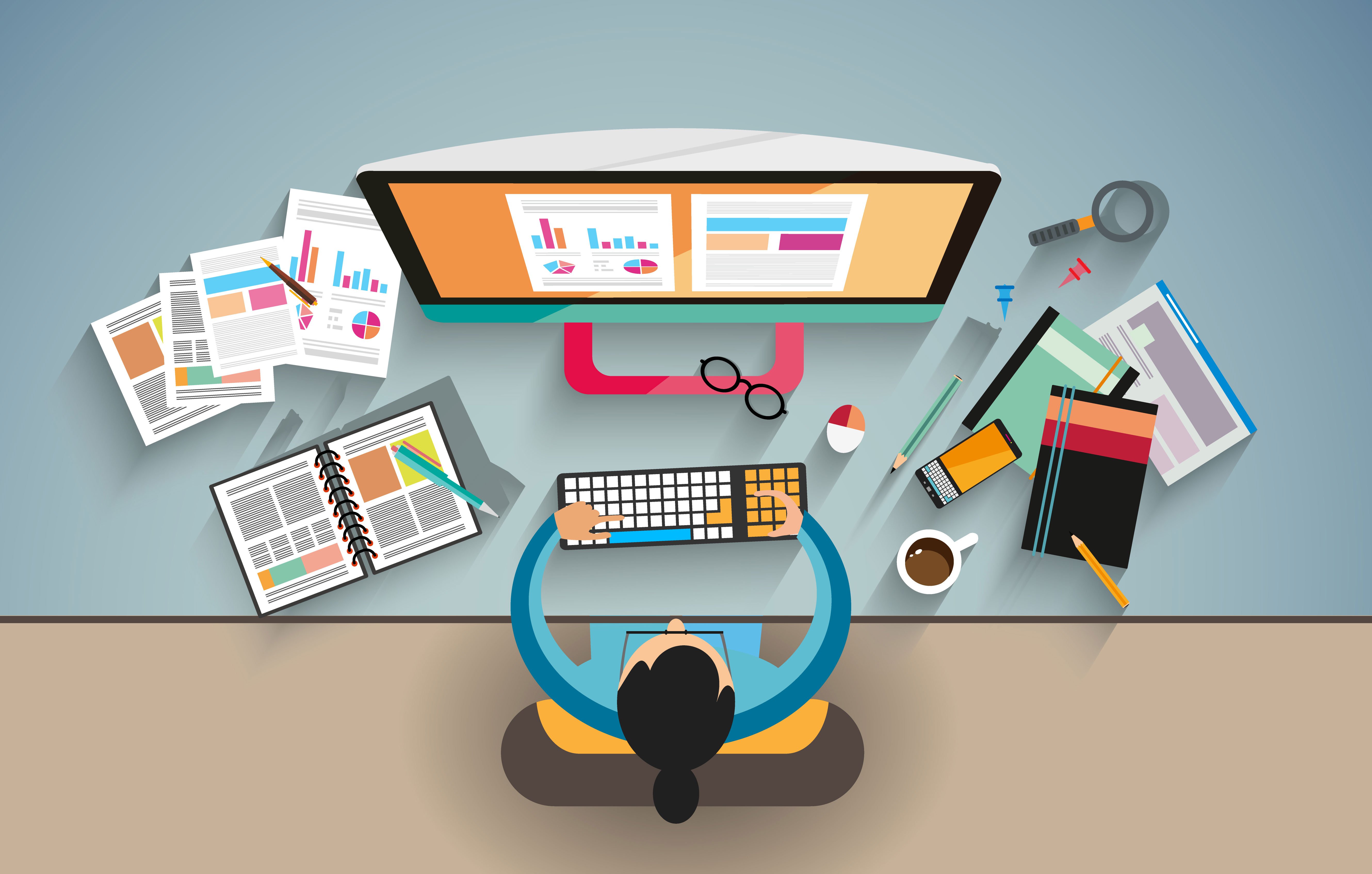Customized Aligned Position Web Design: Unique Web Designs That Reflect Your Brand’s Identity
Wiki Article
The Ideal Types of Website Design to Boost Individual Experience and Interaction
In the ever-evolving landscape of digital interaction, the performance of Web style significantly impacts individual experience and engagement. Different layout techniques, such as minimal, responsive, and interactive formats, each offer one-of-a-kind advantages that can accommodate varied user demands. Understanding which types of website design finest serve these goals can be crucial for services intending to enhance client complete satisfaction and retention. The inquiry remains: which design components truly resonate with individuals and foster purposeful involvement? The expedition of these principles reveals essential insights that may redefine your technique to website design.Minimal Web Style
As digital landscapes end up being significantly messy, minimal website design has actually arised as an effective strategy to enhancing user experience. This design viewpoint prioritizes simplicity, concentrating on vital components while getting rid of unnecessary interruptions. By using sufficient white space, simple navigation, and a limited shade scheme, minimalist design promotes clarity and routes customer interest to essential content.The core principle of minimal website design is to develop a smooth interaction for users. By reducing cognitive lots, individuals can swiftly grasp information without really feeling overwhelmed. This straight strategy not only improves use however also urges interaction, as visitors are most likely to explore a website that is easy and aesthetically appealing to browse.
Furthermore, minimalist style typically emphasizes typography and images, using these components tactically to convey messages properly. This concentrate on crucial elements can enhance brand name identification and produce a remarkable customer experience. Essentially, minimalist Web layout is not simply a pattern; it is a thoughtful methodology that identifies the importance of user-centered layout. By removing additional components, designers can produce an extra engaging, reliable, and pleasurable Web experience for all customers.
Responsive Web Style
In today's diverse electronic setting, receptive website design has become necessary for creating a seamless user experience across a wide range of gadgets. As customers accessibility websites on smartphones, desktop computers, tablet computers, and laptop computers, the capability of a web site to adjust its design and material to different display dimensions and resolutions is crucial.Responsive Web layout utilizes versatile grids, pictures, and CSS media inquiries to guarantee that Web material exists ideally, despite the device utilized. This approach not just improves the aesthetic allure of a web site however likewise substantially enhances use. Customers are much more most likely to involve with a site that offers a constant experience, as it gets rid of the disappointment of having to focus or scroll exceedingly.
Additionally, internet search engine, consisting of Google, prioritize mobile-friendly websites in search positions. By embracing responsive layout, services can enhance their visibility and get to a broader target market. This technique also streamlines site maintenance, as a solitary variation of the website can satisfy all tools, decreasing the need for several versions. In recap, receptive website design is a basic method that boosts individual experience, involvement, and general satisfaction.
Interactive Web Design
Receptive website design lays the foundation for boosting individual experience, yet interactive website design takes this an action even more by involving customers in a more dynamic method - Aligned Position Web Design. By integrating aspects such as computer animations, clickable models, and real-time comments, interactive Web style captivates users, drawing them right into a richer surfing experienceThis approach not only fosters interaction yet additionally encourages users to check out content proactively instead of passively eating it. Strategies such as gamification, where customers earn incentives for completing tasks, can dramatically boost the moment invested in a website and enhance total complete satisfaction. Moreover, interactive attributes can streamline complicated info, making it more digestible and enjoyable.

Incorporating interactive style components can also result in greater conversion rates, as customers are more most likely to engage with a website that actively entails them. Aligned Position Web Design. Ultimately, interactive website design changes individual experiences right into memorable journeys, making certain that visitors return time and once again
Flat Design
Defined by its minimalistic technique, level layout highlights simpleness and functionality, removing unnecessary components and concentrating on important features. This style approach prioritizes usability, making sure that individuals can navigate interfaces with simplicity and effectiveness. By employing a tidy visual, level layout removes the mess commonly located in extra luxuriant designs, therefore boosting individual emphasis on material and capability.The characteristic he has a good point of flat layout depends on its use strong shades, basic typography, and geometric forms. These aspects add to a visually enticing user interface that is both contemporary and approachable. In addition, flat design fosters a feeling of clearness, enabling users to discern essential activities and information without interruption.
Additionally, level style is especially effective in receptive Web layout, as its simpleness translates well throughout different devices and display sizes. The lack of complex textures and slopes reduces loading times, which is critical for preserving customer interaction. As digital landscapes proceed to develop, level design stays an appropriate choice for producing easy to use websites that improve overall experience. By concentrating on crucial functions, flat style not just meets customer needs yet additionally motivates seamless communication, making it a vital element of reliable website design methods.
Flexible Website Design
Adaptive Web design personalizes the customer experience you can find out more by developing multiple repaired designs tailored to different screen sizes and gadgets. Unlike receptive layout, which fluidly readjusts a solitary design, flexible design employs unique designs for certain breakpoints, making certain optimum discussion on various platforms. This approach allows designers to focus on the one-of-a-kind characteristics of each device, enhancing usability by delivering precisely what users need based on their context.One of the primary benefits of flexible Web style is its capability to enhance tons times and efficiency. By serving tailored content and images that fit the customer's tool, websites can decrease information use and enhance loading speeds. This is particularly helpful for individuals with slower connections or limited data strategies.

Furthermore, flexible style promotes a much more regulated and consistent branding experience. Given that designers develop several layouts, they can make sure that the visual aspects straighten with the brand's identity throughout different platforms - Aligned Position Web Design. This causes a cohesive individual experience, boosting engagement and advertising customer retention
Final Thought
To conclude, the combination of minimal, receptive, and interactive Web design concepts significantly improves customer experience and engagement. Minimalist style promotes quality and emphasis, while responsive layout ensures adaptability throughout numerous tools, promoting ease of access. Interactive style mesmerizes customers via vibrant elements, encouraging exploration and personalization. Collectively, these style approaches add to the development of straightforward settings that not just boost complete satisfaction however likewise drive greater conversion prices, highlighting their essential relevance in modern website design methods.
Minimal layout fosters clarity and focus, while receptive style makes certain adaptability across numerous gadgets, promoting access. Jointly, these style comes close to add to the creation of user-friendly atmospheres that not only enhance contentment but also drive higher conversion prices, underscoring their critical significance in contemporary Web design strategies.
Report this wiki page